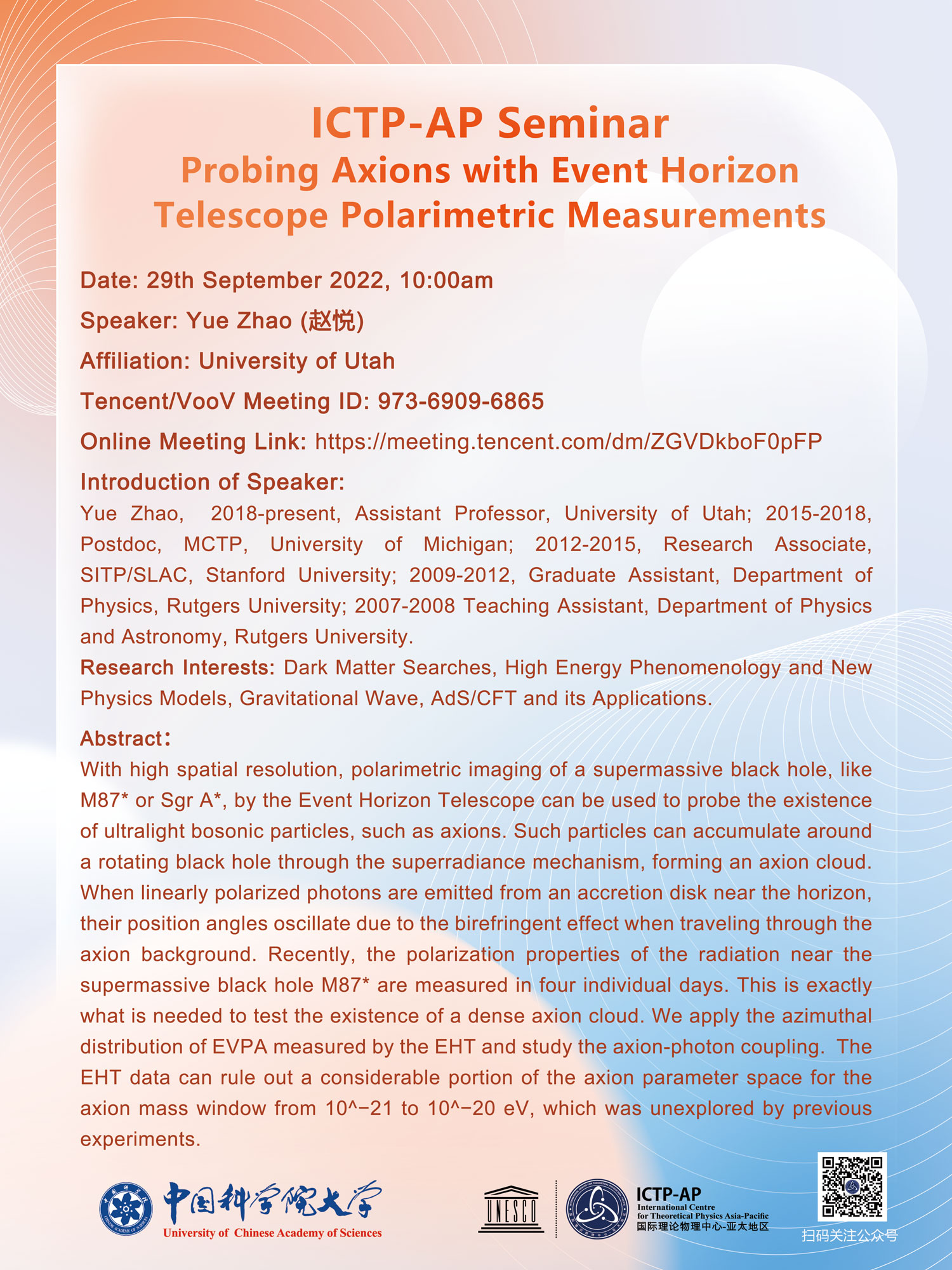In contemporary particle physics, axions have emerged as hypothetical elementary particles intended to reconcile discrepancies within the Standard Model and address some of the most profound enigmas in cosmology. The PVLAS experiment, dedicated to detecting axions via their hypothesized interactions with photons in a magnetic field, has been instrumental in these investigations. However, recent findings from the PVLAS collaboration have reignited the contentious debate surrounding the existence of axions, leading to a polarized discourse within the scientific community. The implications of this debate transcend mere theoretical considerations; they touch upon the very fabric of our understanding of dark matter, quantum chromodynamics, and the fundamental interactions governing our universe.
Formalized in the late 1970s, the axion was initially postulated as a solution to the strong CP problem—a question concerning why certain symmetries in particle physics are not observed in nature. The introduction of axions proposed a mechanism that would naturally suppress CP violation, providing a rationale for the apparent absence of strong CP violation observed experimentally. Furthermore, axions were posited as candidates for dark matter, an elusive form of matter that constitutes approximately 27% of the universe’s energy density. Their characteristics, particularly the expected feeble interactions, render them exceedingly challenging to detect, propelling ongoing experimental efforts that continue to test their validity.
The PVLAS experiment, situated at the Istituto Nazionale di Fisica Nucleare in Italy, employs laser-based techniques to probe for axionic signals amid a strong magnetic field. The methodology hinges on the axion’s predicted capacity to convert photons into axion-like particles in the presence of magnetic fields, a phenomenon known as photon-axion conversion. During the experimental procedure, polarized light traverses a magnetized environment, where the presence of axions may impart a measurable altercation in the polarization state of the light, thus providing an indirect signature of their existence.
In recent iterations of the PVLAS experiment, results have emerged that provoke substantial scrutiny. The reported findings suggest a lack of robust evidence in favor of axion detection, engendering skepticism about their role as a viable dark matter candidate. The overarching question remains: have the PVLAS researchers unequivocally debunked the existence of axions, or do these results merely underscore the necessity for further inquiry? The experimental outcomes implicate potential systematic errors or alternative explanations for the observed phenomena, leaving the door ajar for continued discourse on this vital topic.
One of the salient issues in the PVLAS experiment’s findings is their alignment with previous results obtained from other experimental laboratories. Discrepancies in outcomes across varied experimental paradigms exacerbate the existing uncertainties surrounding axion detection. While some experiments, such as the Axion Dark Matter Experiment (ADMX), have hinted at possible signatures of axions, alternative theories—such as those involving exotic particles or modifications of standard gravitational theories—have emerged as plausible explanations for the lack of axionic signals observed in the PVLAS outcomes.
The implications of the PVLAS experiment’s findings extend well beyond the immediate question of axion existence. Should future studies corroborate the non-existence of axions, the effects on theoretical frameworks encompassing dark matter would be profound. The axion-dominated model affords an appealing resolution to dark matter’s elusive nature; if debunked, physicists must consider other candidates, such as Weakly Interacting Massive Particles (WIMPs) or sterile neutrinos, which could radically transform the landscape of particle astrophysics.
Another dimension to the discourse involves the phenomenon of experimental sensitivity. The threshold for detection of extremely low mass particles remains high, necessitating increasingly sophisticated technologies and methodologies. Current advancements in quantum optics and sensor technology may yield new avenues for exploration, as traditional experimental designs are unable to probe deeper into parameter spaces. As a result, the PVLAS findings, which operate on the cusp of technological limitations, could well represent a frontier ripe for further investigation rather than an outright repudiation of axionic hypotheses.
The philosophical implications of the PVLAS experiment’s results also warrant attention. The scientific methodology often entails iterative processes of hypothesis formation, testing, and revision. What may be viewed as debunking axions today could, with further experimental insight, transition into support for a modified axion theory or even a completely new paradigm. This demonstrates the dynamism of scientific inquiry: established ideas undergo continual refinement, and the frontier of theoretical physics remains perpetually in flux.
In conclusion, the PVLAS experiment’s recent results have incited considerable debate regarding the status of axions as candidates for dark matter and their relevance in addressing fundamental physical theories. While the findings appear to cast doubt on the existence of axions, the potential for systematic errors, the emergence of alternative theories, and the need for enhanced experimental sensitivity suggest that the story is far from complete. Continued exploration into the realm of axions—a subject that straddles quantum mechanics and cosmic-scale phenomena—remains imperative for a comprehensive understanding of our universe. As researchers persist in their quest for the elusive particles, the dialogue surrounding axions will undoubtedly evolve, reflecting the complex interplay between theory, experiment, and the ever-elusive nature of scientific truth.












